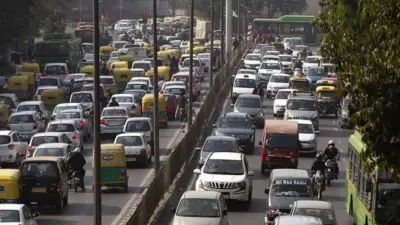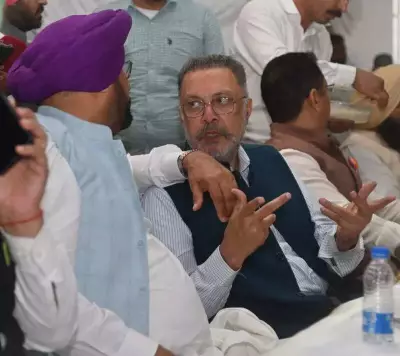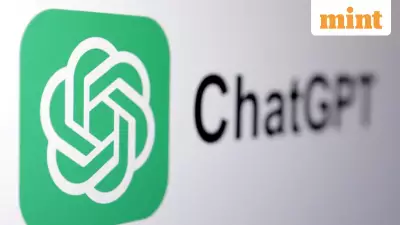Politics
3 Naxalites, Including Woman, Killed in Sukma Encounter with Security Forces
A woman among three Naxalites was killed in an encounter with security forces in Chhattisgarh's Sukma district on December 18. Police confirm the operation was based on specific intelligence.
Business
Mamata Banerjee Allots 350 Acres to CESC for Rs 12,000 Crore Battery Storage Unit
West Bengal CM Mamata Banerjee offers 350 acres for CESC's 5,000 MW battery storage unit, a Rs 12,000 crore project aiming to power 50% of Kolkata with renewables.
World
Brown University Shooting: Suspect Identified, Arrest Warrant Issued
Police identify suspect in Brown University shooting. Arrest warrant issued for 19-year-old. No students involved, campus on alert. Read the latest updates.
Entertainment
Bha. Bha. Ba. Roars at Kerala Box Office, Earns Rs 6.75 Crore on Day 1
Dileep's comeback film 'Bha. Bha. Ba.' opens with a massive Rs 6.75 crore India net. High theatre occupancy and Mohanlal's cameo drive strong audience turnout. Read the full box office report.
Sports
Lifestyle
Health
Delhi Air Pollution: 40% Want to Move Out
A shocking survey of 17,000 Delhi residents finds 4 in 10 want to leave the city due to severe air pollution, which cuts life expectancy by 8.2 years and costs the economy billions. Read the full report.
8 Dry Fruits to Boost Winter Immunity
Strengthen your immune system this winter with these 8 nutrient-dense dry fruits. Expert tips on almonds, walnuts, dates, and more for sustained energy and warmth.
IIHMR Delhi & AMTZ Partner for MedTech Education & Research
IIHMR Delhi and Andhra Pradesh MedTech Zone join forces to bridge the skills gap in India's medical devices sector through a new satellite centre in Visakhapatnam. Discover how this shapes the future.
Massive Arrangements for Fatehgarh Sahib Shaheedi Sabha
Punjab Health Minister Dr Balbir Singh reviews extensive arrangements for the Shaheedi Sabha in Fatehgarh Sahib. Plans include a major blood donation camp and a public organ donation movement. Details inside.
Gurgaon Sees Season's Coldest Day, Temp Drops 7°C
Gurgaon shivered as temperatures dropped sharply, recording the season's coldest day with dense fog. IMD issues orange alert for Haryana. Read for details and forecast.
Technology
Get Updates
Subscribe to our newsletter to receive the latest updates in your inbox!
We hate spammers and never send spam









































